2022 Isuzu MU-X: Will the $9k price rise stop you from buying?
It seems Isuzu Ute is about to have a lend of you if this new 4WD seven-seater is getting your attention. Here’s why the hastily converted D-Max ute isn’t all it claims to be...
Isuzu has finally launched the MY22 MU-X 4WD wagon, after plenty of hype about an incredible $9000 price rise of the old model.
In this report, we'll discuss that, plus the key competitors, the relative merits of seven seat SUVs like this, which are derived from the utes in the same stables, and a major mistake I see SUV buyers make when they formulate a shortlist (and how you can avoid making it).
Here’s what Isuzu Ute has been banging on about in recent weeks of nauseating media build-up:
Goodness, you’re probably wondering ‘Where do I sign and will one MU-X be sufficient?’
But ‘exquisite’ and ‘exhilarating’? Clearly the PR dudes at Isuzu Ute have opened up the big book of marketing buzzwords to make an epistemically subjective determination, on your behalf. If you’re a consumer thinking about buying an MU-X, I’d encourage you to try really hard to ignore the hype and focus on the numbers, the price and what you actually get - and compare that with what you need. We’ll get into that.
The objective reality is that, like the Ford Everest, Toyota Fortuner, and Pajero Sport, Isuzu Ute has simply done the absolute minimum engineering it can get away with, in order to make a D-MAX into a seven-seat wagon.
It’s a cost-cutting thing, designed to take a platform the carmaker already has and flip it into an off-road wagon, without having to completely develop a whole new platform and vehicle from scratch (which is significantly more expensive).
It’s the same reason the Pajero is about to be killed off forever, because, I suspect, it’s cheaper and easier for the Nissan-owned Mitsubishi to build two vehicles, Triton and PS, off one platform than two. There’s probably also a contributing factor that Nissan doesn’t want the next Patrol to face semi-internal competition from a more affordable option.
Essentially, Isuzu Ute makes one vehicle in the same way Mitsubishi does, except the latter has made Pajero Sport much more civilised by adopting coil springs for comfort in the same way Nissan shouldn’t have put coils in the rear of the Navara all those years ago.
And yet, Isuzu Ute’s marketing bullshit floodgates appear to have opened, on you:
Ironically enough, everybody’s pretty damn sick of the status quo right about now, too.
However, if you watch Isuzu’s 30-second MU-X fluffer reel with your director’s hat on, the best they appear to be able to feature, at great expense, with their ‘everything changer’, is to highlight driving and being parked on a perfectly flat surface, a chrome badge, some LED headlamps (probably only in the top variant), Apple CarPlay, a power tailgate (again, probably only if you spend the big bucks), and remote start. All of which you can have on a mid-spec Kia Sorento Sport+, for about $56K (petrol) or $60K (diesel).
Meanwhile the MU-X price appears to be cleared for lift-off...
My AutoExpert AFFORDABLE ROADSIDE ASSISTANCE PACKAGE
If you’re sick of paying through the neck for roadside assistance I’ve teamed up with 24/7 to offer AutoExpert readers nationwide roadside assistance from just $69 annually, plus there’s NO JOINING FEE
Full details here >>
Isuzu: A truck brand making MU-X up-market
CarAdvice’s Josh Dowling ran a story recently, where a dealer leaked the MU-X prices to some Facebook group or whatever. And carmakers hate that. It’s a firing offence, leaking like that.
Anyway, it seems MU-X prices are hiking up by a staggering $9000 on most models.
This is a profound market repositioning, meaning instead of $54,990 drive-away for the range-topping MU-X LS-T 7-seat 4X4, you’ll be paying $63,990 for the new one, with its ‘everything changing’ power tailgate.
Admittedly, it’s actually not official whether that dealer price leakage refers to drive-away or RRP. But, using some common sense (not that common, I note), if it’s RRP, you might be asked to hand over another $3000-$4000. But let’s assume, and hope, it’s drive-away.
Let’s be clear, if you’re a consumer thinking about an Isuzu MU-X - $9000 is a serious price increase, which is extremely rare, and arguably poorly thought-about in the context of Australia in lockdown every five minutes and scores of small businesses and people’s livelihoods crumbling right now.
Now, to put the new MU-X in context, based on what we know - in case you’re getting yourself all excited to justify buying one - it’s pretty clear that the new version is not going to be the cheap/cheerful position of its predecessor - no more discount bin. MU-X is attempting to play with the big boys in 2022, which doesn’t always get the desired result for the brand or the consumer. Something changes when you do that.
MU-X: Playing with the big boys
When you compare the top-spec MU-X LS-T 4X4 at $64,000, against the Ford Everest Titanium, with its highly strung ‘hand grenade’ 2.0 twin-turbo diesel engine, for about $79,000, the Isuzu actually seems quite reasonable value.
But the Everest is substantially more powerful. Until the pin falls out of the grenade and Ford behaves like the consumer-indifferent, uninterested corporate sloths in their time-honoured tradition - personal opinion. Plus, there’s Everest’s free, endless hunting between all 10 gears when towing. So the MU-X still looks the goods up against the boxed-up Ranger.
Against Toyota Fortuner Crusade, with its design elements seemingly harking back to the real Crusades in the 11th Century, asking about $66,000, drive-away and promising kick-arse resale, in the manner of all Toyota off-roaders, it seems like the winner against the MU-X. Fortuner is also more powerful than Isuzu’s ‘everything-changer’ across the rev range, which is, generally speaking, a bit embarrassing, to be outdone by Toyota. Well done, Isuzu.
Mitsubishi’s Pajero Sport is about $62,000, drive-away, and you get a really slick eight-speed auto. Sure, it’s slightly down on power, compared with the MU-X, but only in the margins of the powerband - where it matters (mid-revs), Pajero Sport has the better performance. And the new MU-X will weigh 2175kg full of fluids - 65kg heavier than a Pajero Sport Exceed.
Unfortunately, Pajero Sport suffers with ‘distinctive styling’, especially in the rear. Fortunately you can never see yourself driving it, but you have to learn to let that go, and remember, you saved $20,000 over an Everest. The other compromise you make is the very poorly designed row 3 split-folding seats, which don’t tumble/roll and require two simultaneous hand functions. But, $20K.
Still, Mitsubishi manages almost as much power output with 2.4 litres, as the Isuzu can only manage with three litres - that’s 25 per cent more engine, but certainly not 25 per cent more grunt.
Pajero Sport’s big party trick is the Super Select II transmission, with the ability to operate in high-range four-wheel drive, with the centre diff unlocked. This is a huge advantage in torrential downpours (or even just normal rain), on a greasy driveway, or on a high-traction dirt road peppered with really slippery intermediate intervals.
See, with most utes, and therefore their converted half-sister wagons, you’re stuck in 2WD on high-traction surfaces, because of the agricultural transfer case architecture. No centre differential means it has a limitation.
Actually, you can technically engage 4WD whenever you want, in these vehicles. The only downside being that you’ll damage the transmission if you do.
As the ‘discount’ option among the converted-ute fraternity, MU-X has managed to out-sell the competition over the years. Being about $9000 cheaper will achieve that. What you sacrifice in refinement you gained by spending less money, which is why D-Max and MU-X have become particularly popular with trades and rural buyers - almost like a more sensibly price Toyota.
Last year, MU-X managed about 7000 total sales here in Australia. Everest and Pajero Sport: both about 6000. Fortuner is widely regarded, at least as I understand, as something of a lady’s Hilux - not that there’s anything wrong with that - except that its sales were less than 3000 units last year. Toyota Australia must hate that; not even a podium finish. All those 2.8 DPFs going poopy in their trousers probably didn’t help.
MU-X sales will almost certainly drop at this new, higher price point. They’ll launch the new one, and there will be a spike in latent demand, they’ll celebrate in the Isuzu Ute boardroom in Queensland, as enthusiasts rush in, but after that, the fundamental equilibrium of supply and demand will be dictated by pricepoint, and MU-X sales will inevitably fall.
If you’re a prospective MU-X buyer, I strongly urge you to wait until the price-versus-demand situation plateaus. Nothing helps discounting more than reduced demand, relative to supply.
Now, some people make a huge mistake when they buy a vehicle such as this. They investigate seven-seat SUVs, and by virtue of whatever convoluted mental process, they arrive at an absurdly mis-matched shortlist.
I see this all the time in actual new car purchase enquiries from actual punters incipiently to splash their cash, via my website.
This is the type of list I see routinely from potential buyers who cannot decide between MU-X, Pajero Sport, Kluger and Santa Fe.’
There’s this misguided equivalence between four vehicles like this, and it derives from all being seven-seat vehicles, which ordinary consumers like you misconstrue as meaning they’re all similar or in contention. But they’re very different vehicles, fundamentally.
So, let me spell this out: If a vehicle like a Santa Fe, CX-9, Sorento or Kluger is right for you, then a vehicle like an MU-X, Pajero Sport, Fortuner or Everest is wrong. It’s just dead wrong. And vice-versa, if the 4WD group (Pajero Sport, Fortuner, Everest or MU-X) is what works for you, then you are not shopping for the SUV group (Mazda CX-9, Kia Sorento, Hyundai Santa Fe or a Toyota Kluger).
Although, a Subaru Outback or Forester blur the lines somewhat, being relatively capable soft-roaders, but they’re five-seaters only and cannot perform hardcore low-range off-roading like the ute-derived wagons aforementioned.
The SUV group are big, comfy, comparatively soft, refined car-like family wagons that are great to drive around town, and are effortless on the highway. They have, at best, moderate off-road capability, and moderate tow capacity, but not extreme. About two-tonnes is their limit, roughly.
Whereas, the utes converted into wagons are more like driving unrefined tractors around town and on the highway, comparatively. This is an intrinsic engineering compromise, because their primary design is for extreme off-road performance, outright heavy trailer tow capacity, and personal comfort is sacrificed in pursuit of those brawnier specialties.
Therefore, if all you want is a family wagon for driving the kids around, and their friends, and perhaps ambitiously driving down a half-decent dirt road twice a year, and perhaps towing a 1500kg camper trailer once in a blue moon, then buy the softer kind of seven-seat SUV. It’ll be just right for 95 per cent of your driving, and it’ll cope with mild adventuring.
But if the outback is calling to you to drive through a crocodile-infested river in the Kimberley, towing a big Zone RV caravan costing twice as much as the vehicle, with a palette of VB and all five dogs, then get one of the 4WD wagons derived from utes. Likewise, if you live in seriously rugged areas, perhaps on a farm or at least frequently visit such areas for 80 per cent of your driving, then maybe a 4WD is a safe bet.
However, don’t get completely seduced by Isuzu’s enthusiastic, multi-megabuck MU-X pre-launch fluffing. Engage your cerebral cortex when weighing this up, and look at this objectively. Compare the pricing to other models, look at the spec sheets, compare what they weigh with hoe much power they make at normal driving revs and be aware of their limitations, comparing them with what compromises you’re prepared to make.
If you don’t care about aesthetic styling, the Pajero Sport is a really strong option on price and capability. It also has exactly the same 2.8 metre wheelbase as the new MU-X, so cabin space is and legroom is going to be indistinguishable.
If cabin refinement is your absolute top demand, an Everest might do the trick, if you’re prepared to suffer the limitations of the transmission and what Ford Australia is like dealing with customers with problems.
If you couldn’t give a rat’s arse about comfort or styling, and outright dollars are all that matter, wait and see if this whole Isuzu MU-X pricing drama is simply an opportunistic moment of hype dressed as seductive excitement.
And if you have zero intention of hitting the tracks with suspension-flexing low-range machismo, buy a seven-seat SUV and enjoy your flat white in serenity and civility.
The right vehicle is a matter of ‘horses for courses’. It’s vitally important to consider the driving you’re actually going to do, and choose a vehicle that does that best. Call me a cranky, conformist, old fashioned cock if you must.
BUYING AN SUV OR 4WD FOR TOWING?
2021 Hyundai Santa Fe: Full Australian Buyer's Guide >>
2021 Kia Sorento review and buyer's guide >>
2020 Mitsubishi Pajero Sport review & buyer's guide >>
2021 Kia Carnival: Australian review - everything you'll love and hate >>


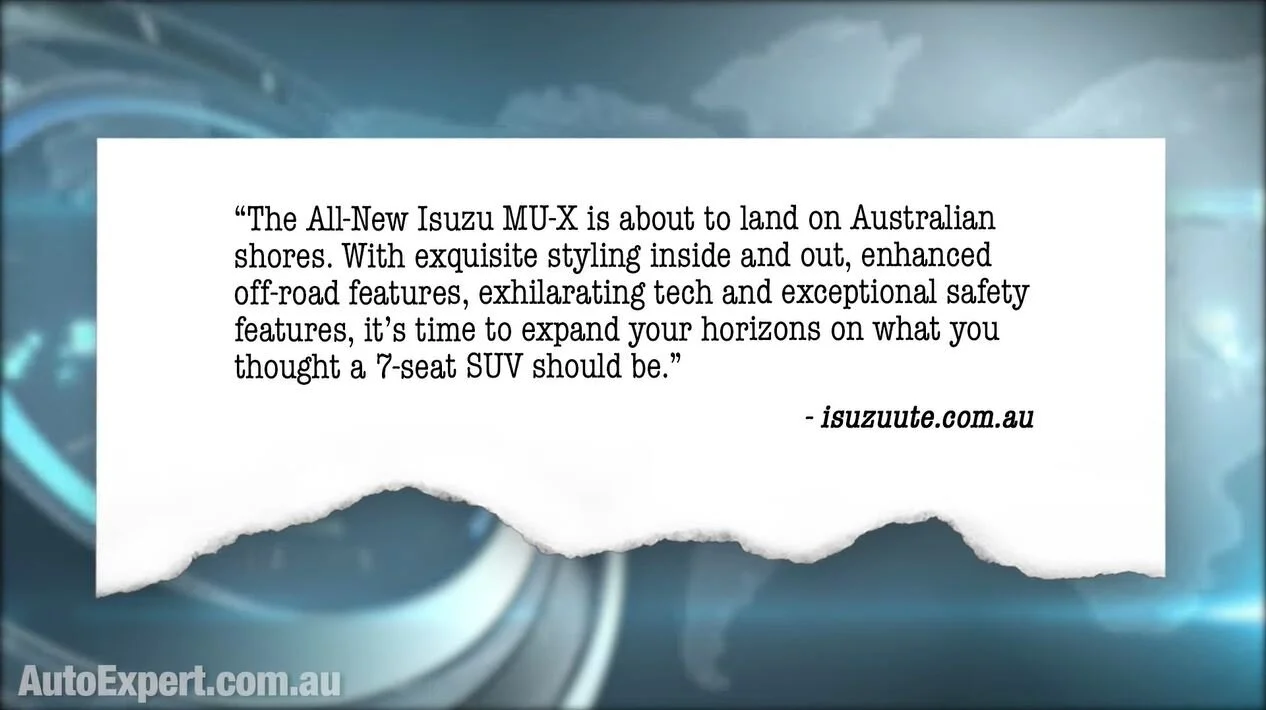



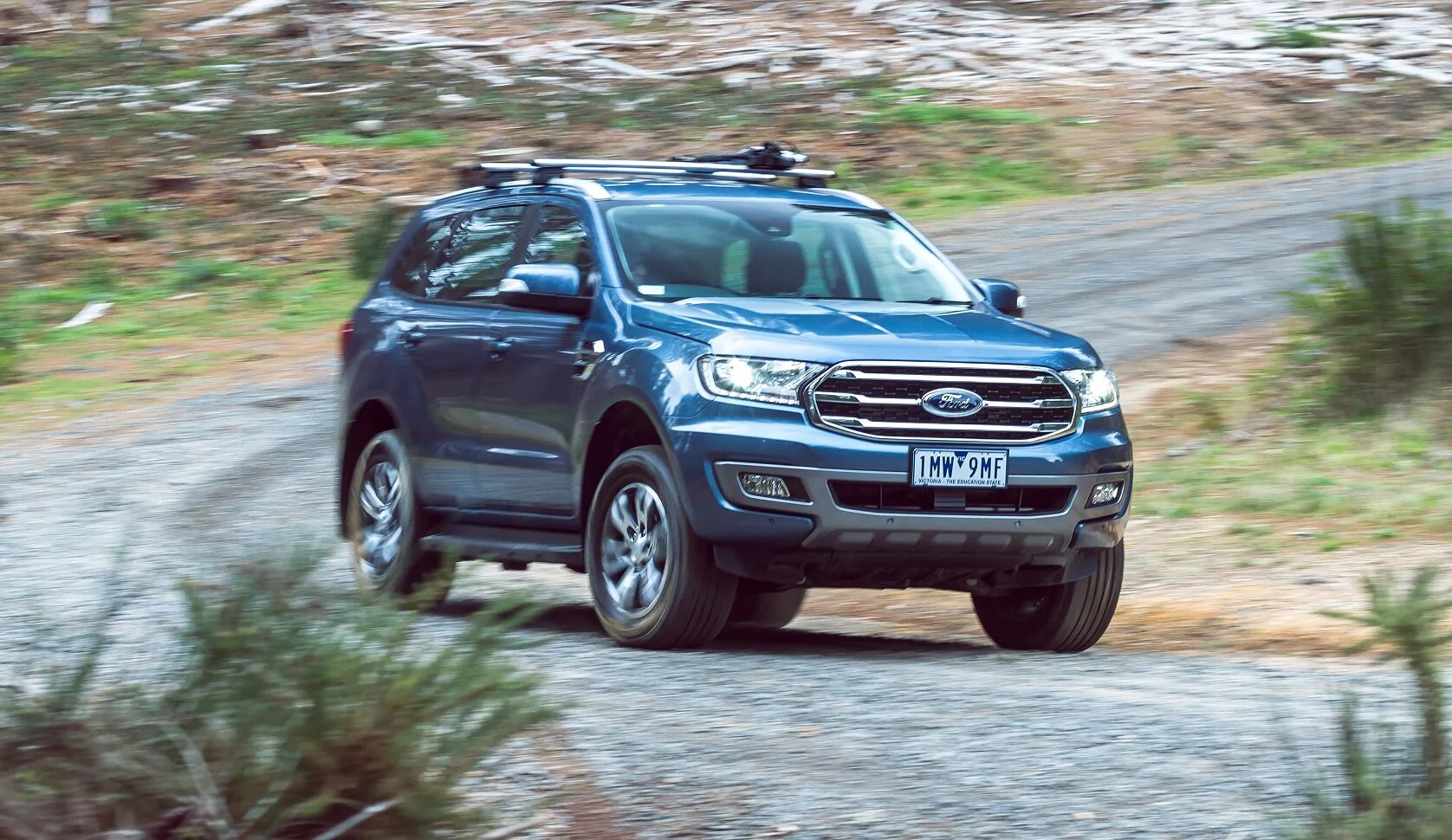
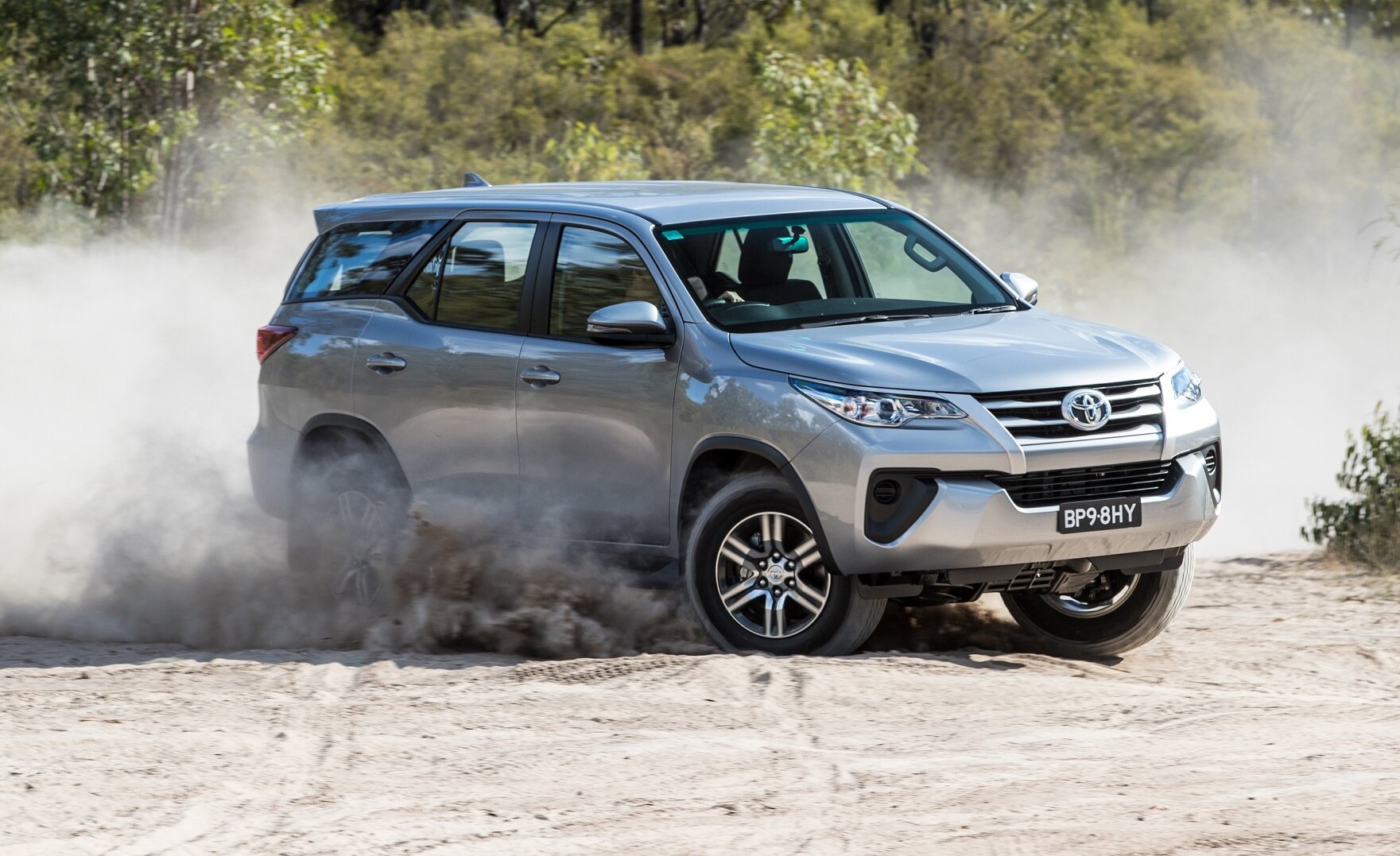
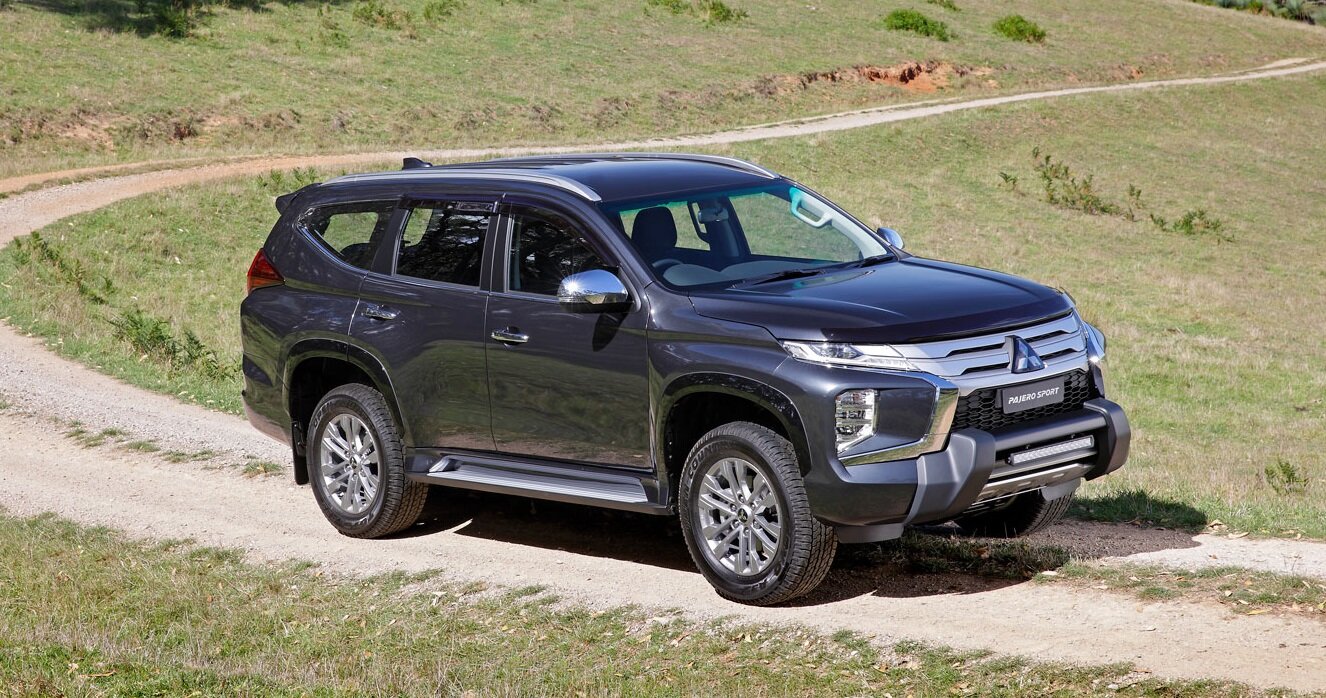
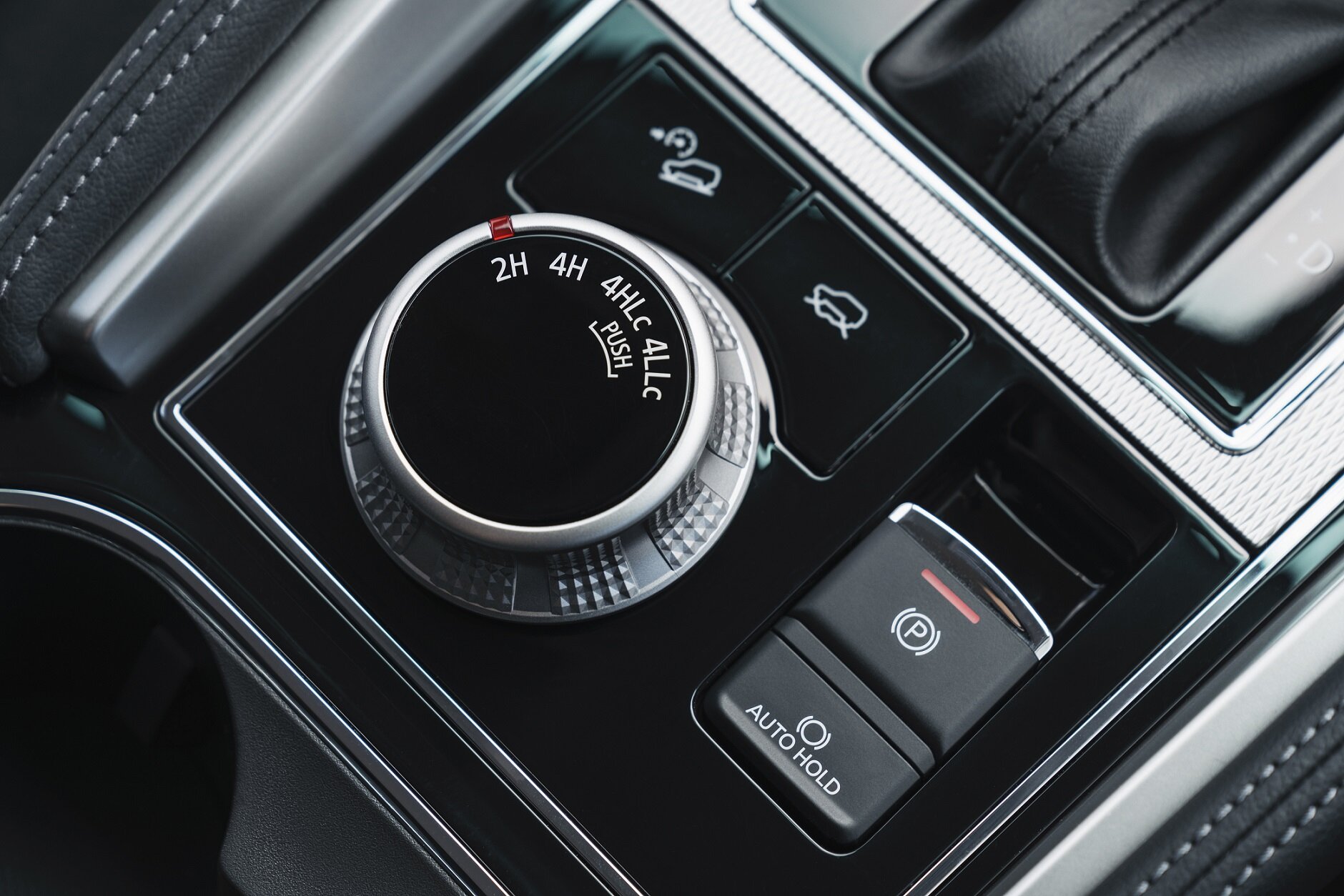


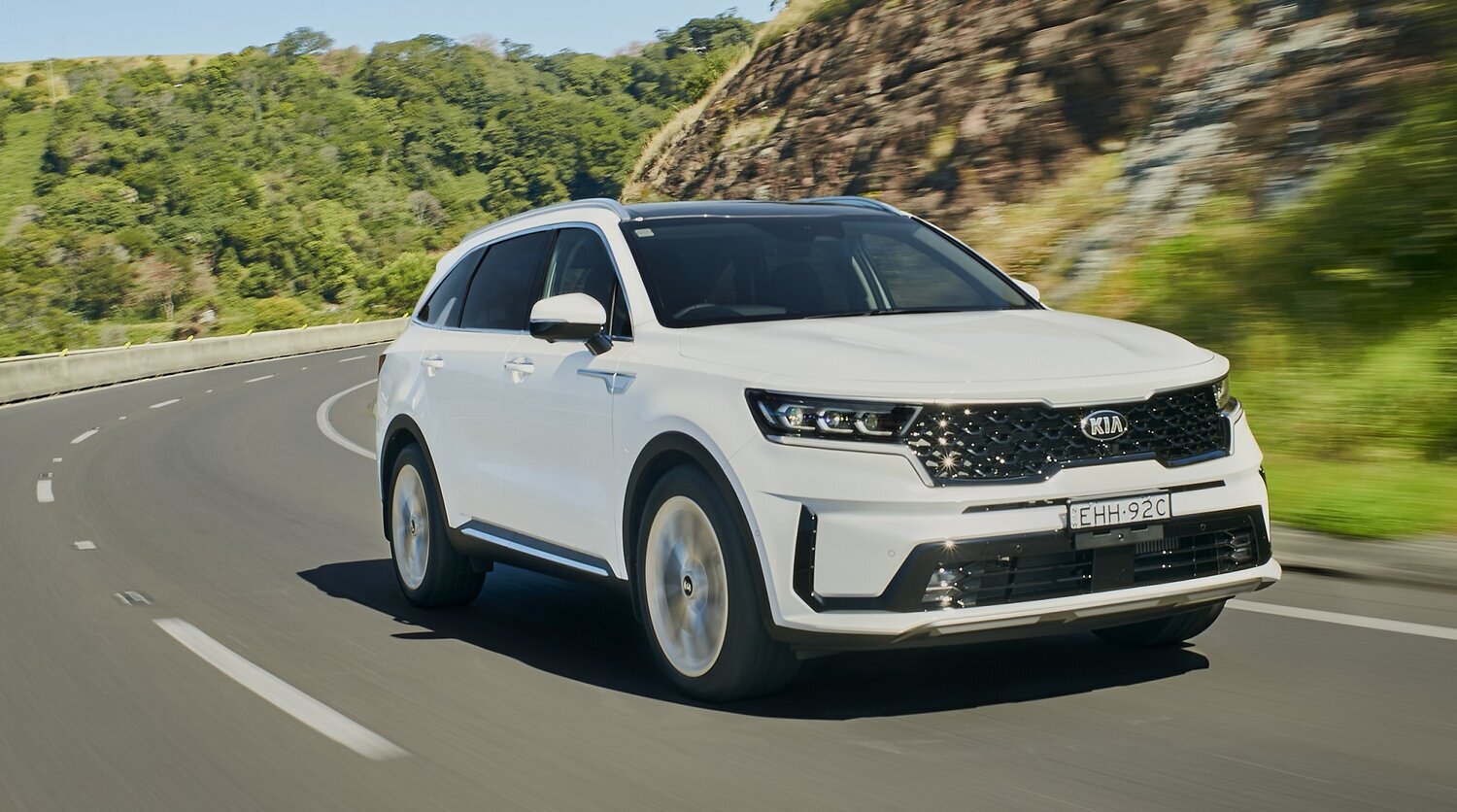
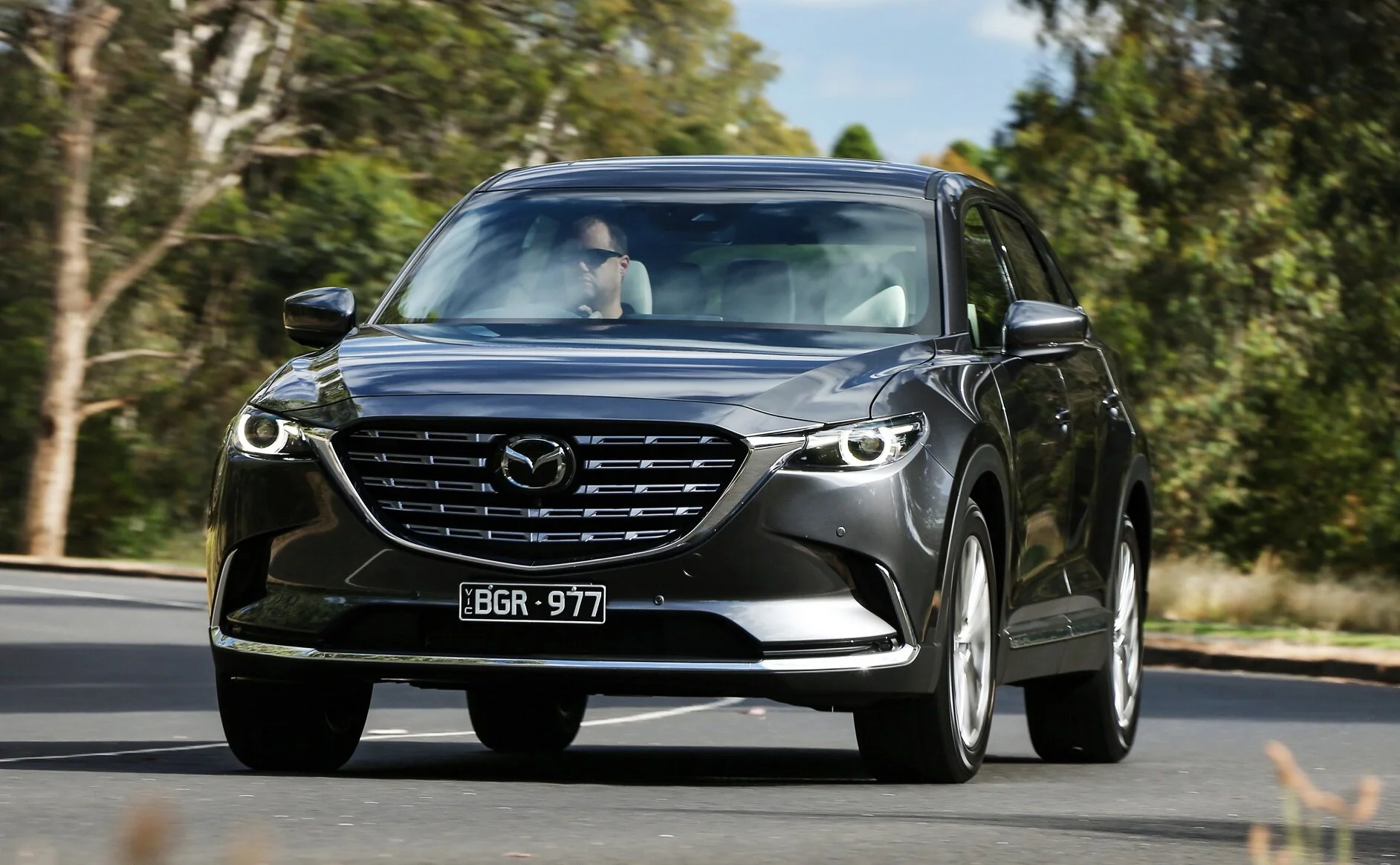


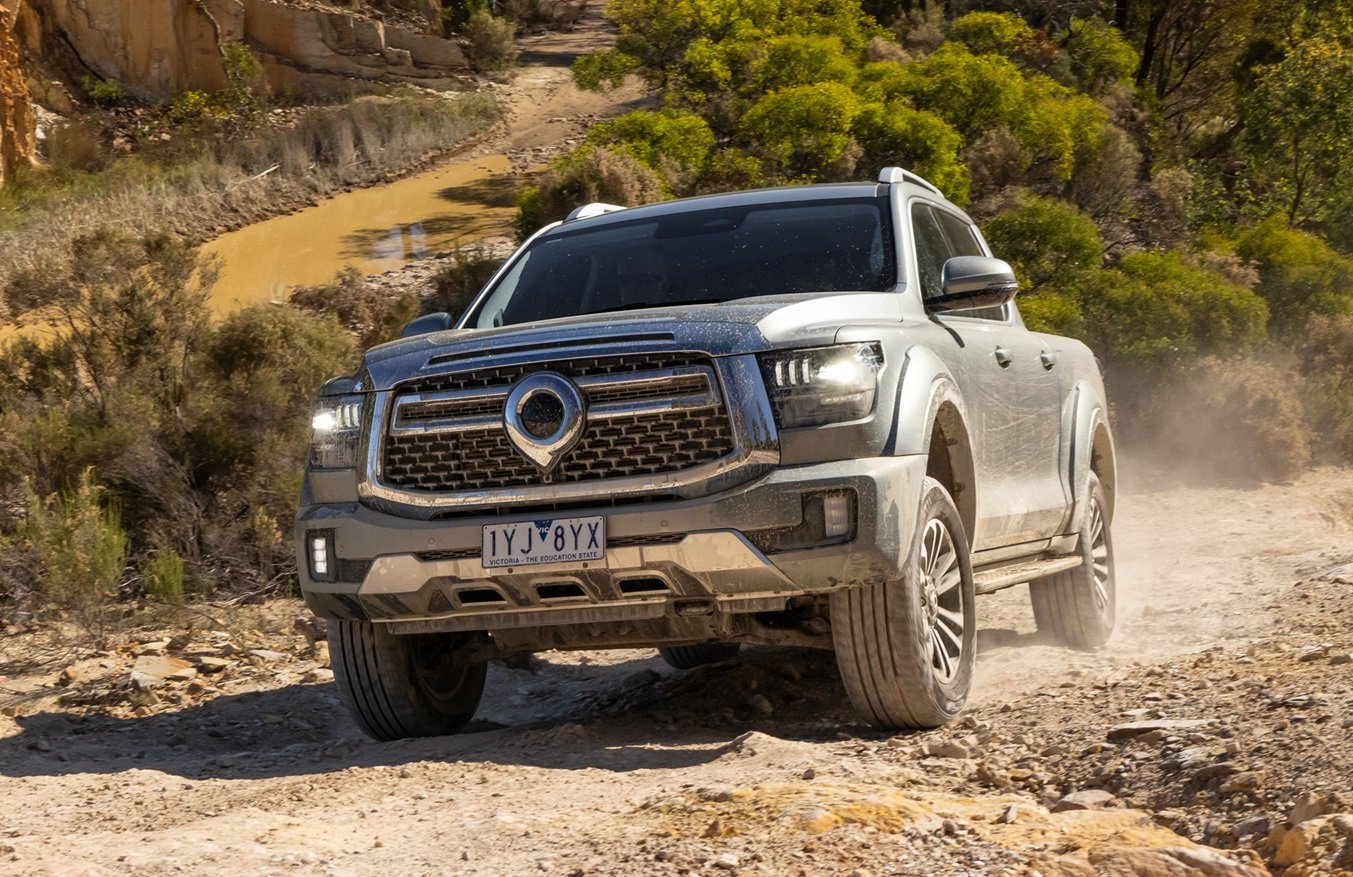

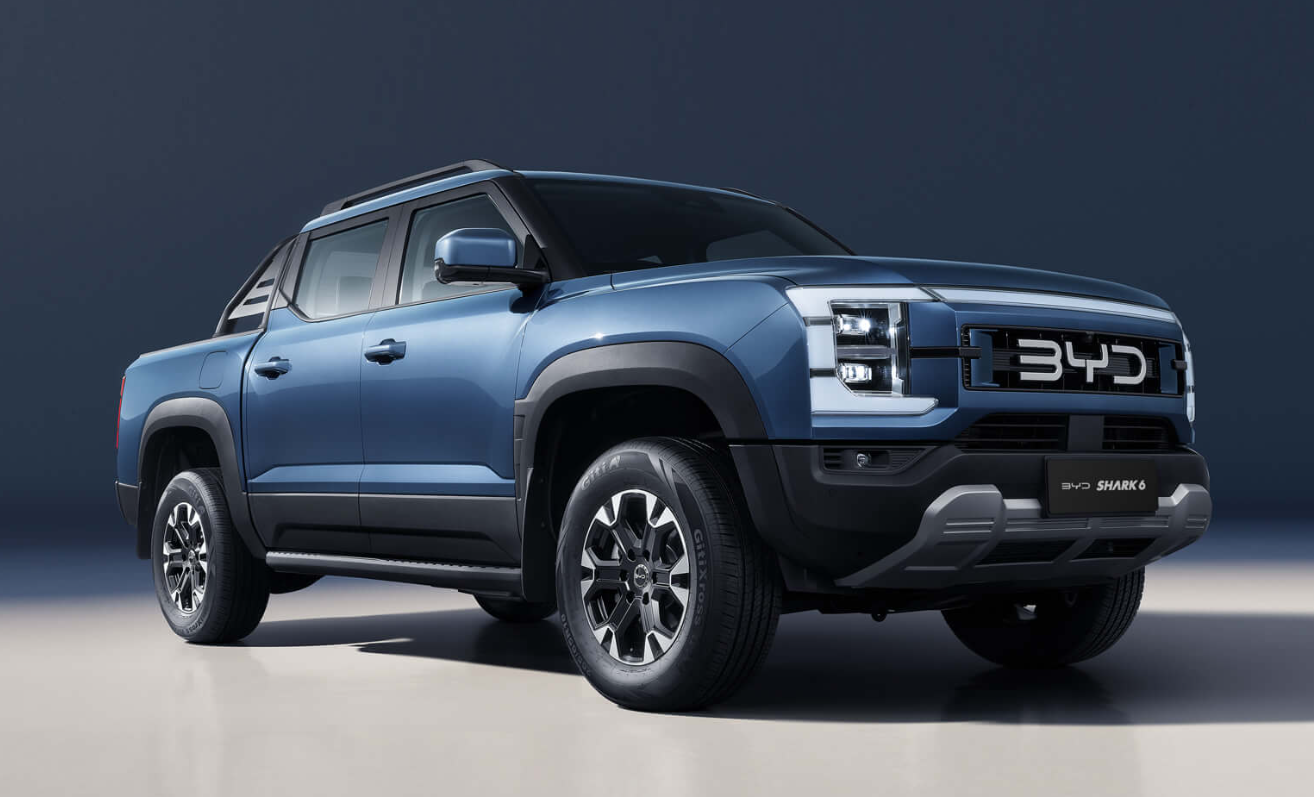

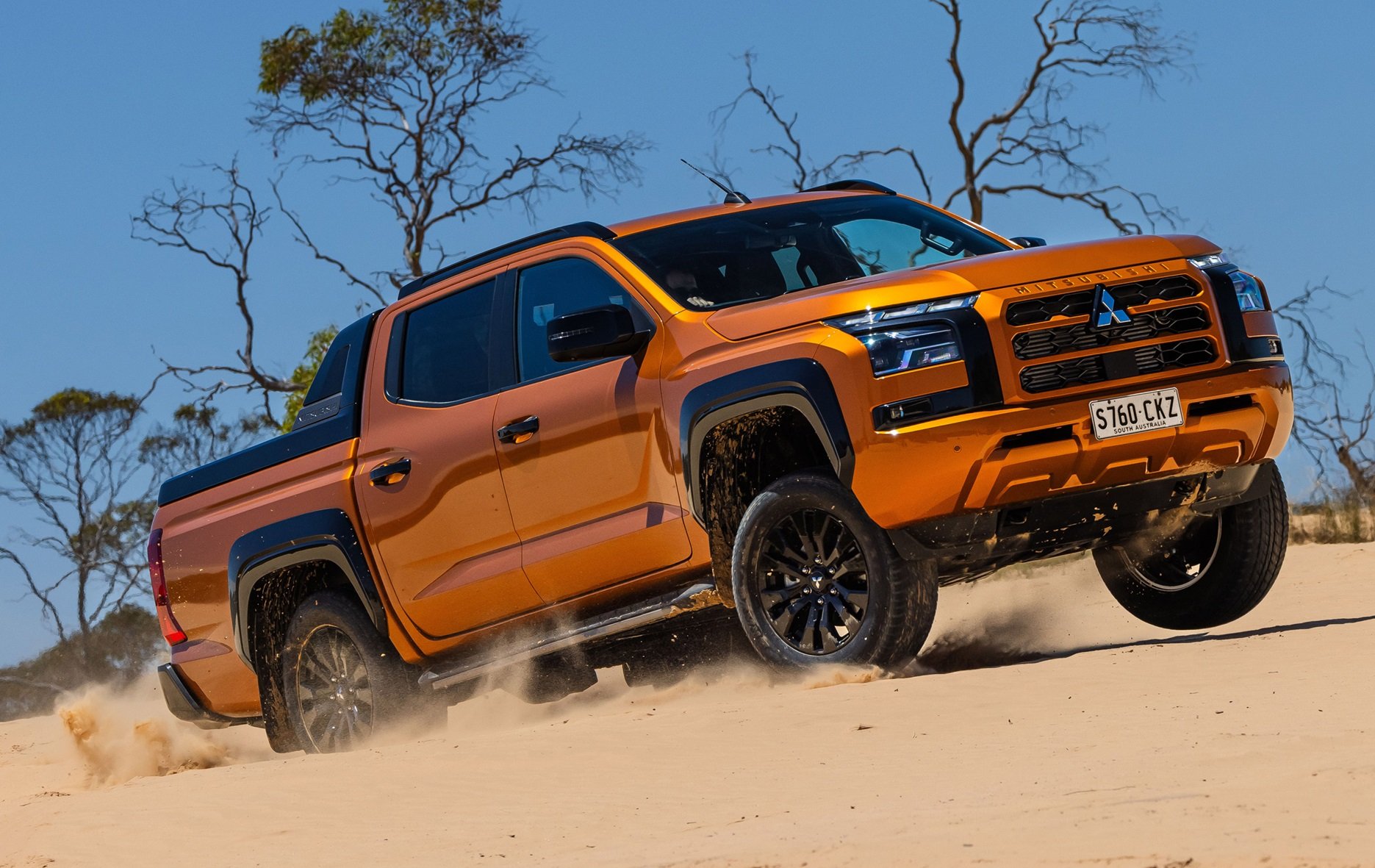





If family is forcing you to shop for an SUV because it’s fashionable, the fast family performance sedan icon, now has a big boot. Long live the wagon - to hell with the status quo. Here’s what you need to know…